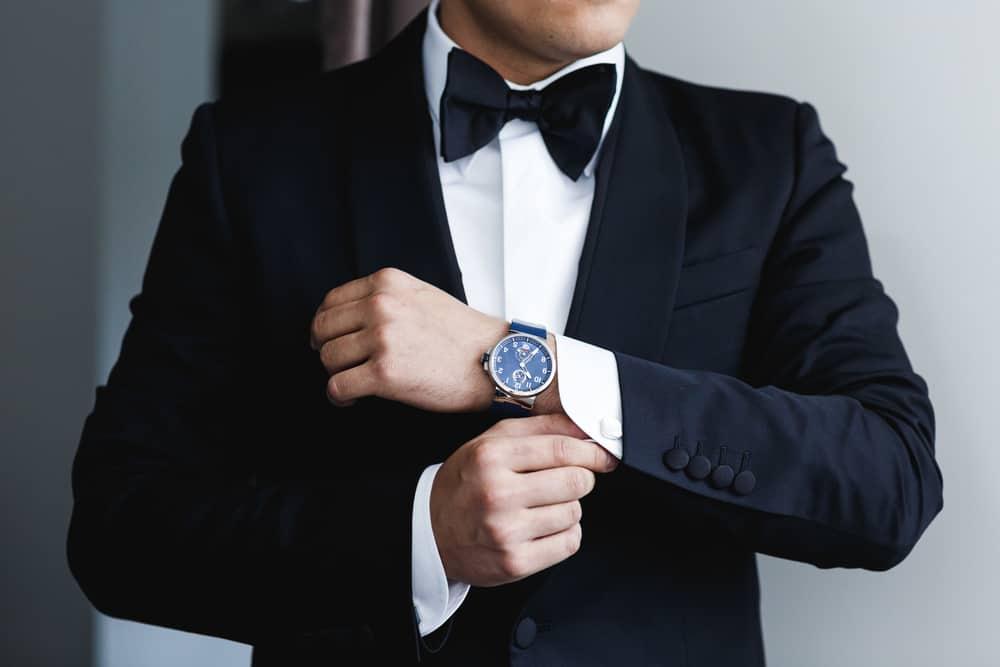5Jan2016
Luxury indulgences are no longer the exclusive domain of society’s upper crust.
Economies around the world are struggling to maintain or even jump start growth and corporations are also feeling the pain of flagging or inconsistent demand. But one sector appears to be resistant to the persistent economic malaise: Despite the global economic situation in the late 2000s, the modern luxury sector has been growing at a striking pace. According to the ”World luxury market report” by management consultants Bain & Co, the modern luxury sector grew at an annual rate of 7% from 1995 to 2013 worldwide and is projected to continue its expansion.
Researchers Jean-Noël Kapferer and Gilles Laurent of INSEEC Business School in Paris conducted a study to find out if that growth has blurred the concept of luxury in the eyes of consumers – so that they cannot tell where the frontier of luxury starts and when a product becomes categorized as a luxury item.
The study found that each consumer has a very personal understanding of the prices at which certain products can be classified as the trappings of la dolce vita. That finding suggests that it’s now easier for managers of luxury brands to exploit new market niches by reaching out to non-traditional, less affluent consumers. Luxury goods retailers have been able to expand their sales outside the typical demographic of the very wealthy to reach other consumers who may not be as flush with cash. The reason for this is that over time, “the privileged feeling of buying luxury is no longer reserved for the privileged”, since “luxury is in the eye of the consumer.” As a result, growing incursions by everyday consumers into the realm of luxury shopping has provided the sector with an opening to expand its reach – and it’s sales.
No consensus on luxury pricing
One key finding that the paper uncovers is that while consumers associate luxury with extravagant prices, there was no consensus about the precise price point at which they thought a product could be classified as a luxury item.
The authors asked thousands of consumers in seven mature economies (France, Germany, Italy, Japan, Spain, the UK and USA) about minimum prices for 22 luxury products. They found that individual consumers had precise and consistent ideas about the price frontier for luxury goods. However, there was no consistent common denominator among consumers, who quoted very different minimum prices across countries as well as product categories. Moreover, the variations of consumers’ minimum price expectations were far higher for luxury products than for regular goods.
The researchers concluded that because perceptions of luxury prices are so personal and divergent, the privilege or snob appeal of a luxury purchase is no longer the playing field of the wealthy. Nowadays, economists refer to “excursionists”, who make infrequent forays into the arena of luxury shopping. Markets have also seen the emergence of a taste for secondary or lower-priced brands that advertise as luxury and which generally more frugal buyers sincerely perceive as luxury items. Precisely because luxury is in the eye of the consumer, no authority can debunk a personal definition of an opulent purchase.
Expanding market segments for luxury managers
These findings create an opening for managers of luxury brands to decide which segment of the very diverse cohort of luxury consumers (rich and not so rich) to target with their products and marketing efforts. Kapferer and Laurent, therefore, concluded that there is room for growth in the luxury sector “at all price levels” as long as retailers pursue a real luxury strategy.
“Because luxury is a signal of a consumer’s standing, in terms of purchasing power, multiple signals are needed to cover the social spectrum,” they advised.
They highlighted the example of the high-end jewelry brand Mauboussin, which changed its business strategy to target younger, less well-off consumers with more affordable prices. The brand still holds its luxury appeal for this group of buyers, who purchase the products precisely because of their personal price benchmarks for luxury goods.
The writers note that consumers are also increasingly comfortable with what they call a “vertical cascade of luxury products”, in which different items are sold in the luxury domain at varying price levels. This gives retailers room to develop a portfolio of different products at diverse levels, but which consumers perceive to be consistent across the brand. It also ensures that all consumers get a chance to indulge themselves with what they perceive to be a luxury purchase, regardless of the price they pay.
Reference & Read more:
World luxury market report, Bain & Co, Paris (2014)
Jean-Noël Kapferer, Gilles Laurent, “Where do consumers think luxury begins? A study of perceived minimum price for 21 luxury goods in 7 countries”, January 2016, Journal of Business Research



